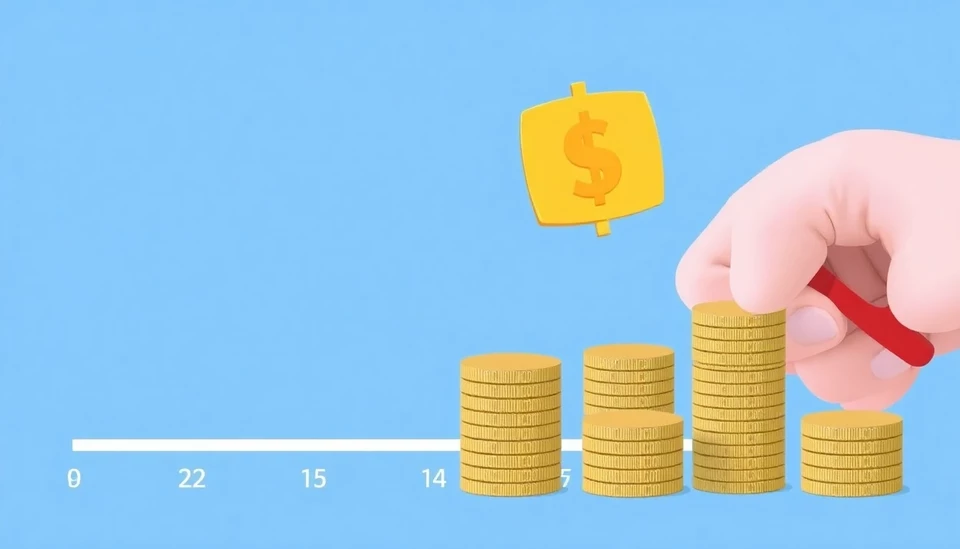
The latest economic data has taken a turn, revealing that U.S. labor costs for the second quarter of 2024 have been revised downward. This unexpected change has raised eyebrows among economists and market analysts, who are now recalibrating their forecasts and expectations for the labor market and the broader economy.
Originally, labor costs were believed to be soaring, causing concerns about inflationary pressures and the Federal Reserve's next moves. However, the revised figures portray a different narrative. By showcasing a decline in labor costs, the data is stirring conversations about wage growth and productivity within the American labor market.
In the second quarter of 2024, the U.S. Bureau of Labor Statistics reported that unit labor costs fell by an annual rate of 1.1%, a significant adjustment from earlier estimates that suggested an increase. This downward revision indicates that while hiring remains robust, the corresponding wage growth may not be as pronounced as initially thought.
The labor cost decline is also significant in the context of the Federal Reserve's ongoing battle against inflation. With inflation rates being persistently high, the central bank has been closely monitoring wage growth as a key indicator of future inflationary trends. If labor costs continue on a downward trajectory, it could signal more stability in the economy, potentially giving the Fed more leeway in its monetary policy decisions.
This downward revision has led to a shift in market sentiment, with investors pondering whether it might prompt the Federal Reserve to adopt a more dovish stance in upcoming interest rate meetings. The conversation has now turned towards whether the decrease in labor costs reflects a more sustainable economic growth path rather than the excessive wage pressures that typically accompany high inflation.
As analysts sift through the implications of the revised data, they also note that the labor market remains tight. Job growth continues, albeit at a slower pace than earlier in the year, and many sectors are still struggling to find qualified workers. This dichotomy between slowing labor cost growth and a tight labor market raises questions about the underlying factors at play.
In the coming weeks, economists will be watching the data closely, as further reports on wage trends, employment figures, and productivity will provide a clearer picture of the labor market landscape. The implications of these findings could reverberate through economic policy discussions and influence the strategies employed by companies navigating the current environment.
As we move forward, analysts are eager to see how this downward revision in labor costs will shape both investor sentiment and policy decisions from the Federal Reserve. The complexities of the U.S. labor market will undoubtedly continue to be a focal point of discussion, with many stakeholders eager to understand the short and long-term effects of these emerging trends.
In conclusion, as the labor cost landscape evolves, so too will the economic strategies and policies designed to support long-term growth and stability.
#LaborCosts #USEconomy #FederalReserve #Inflation #EconomicGrowth #EmploymentTrends #WageGrowth #MarketAnalysis
Author: Rachel Greene


